Recent advances in lithium-ion batteries have opened the door to flying car development.At least 20 companies are currently working on novel designs, including both major aerospace firms such as Boeing and Airbus as well as smaller startups. A Morgan Stanley analysis estimates that the global market for on-demand, short-distance urban air travel could top $850 billion by 2040.
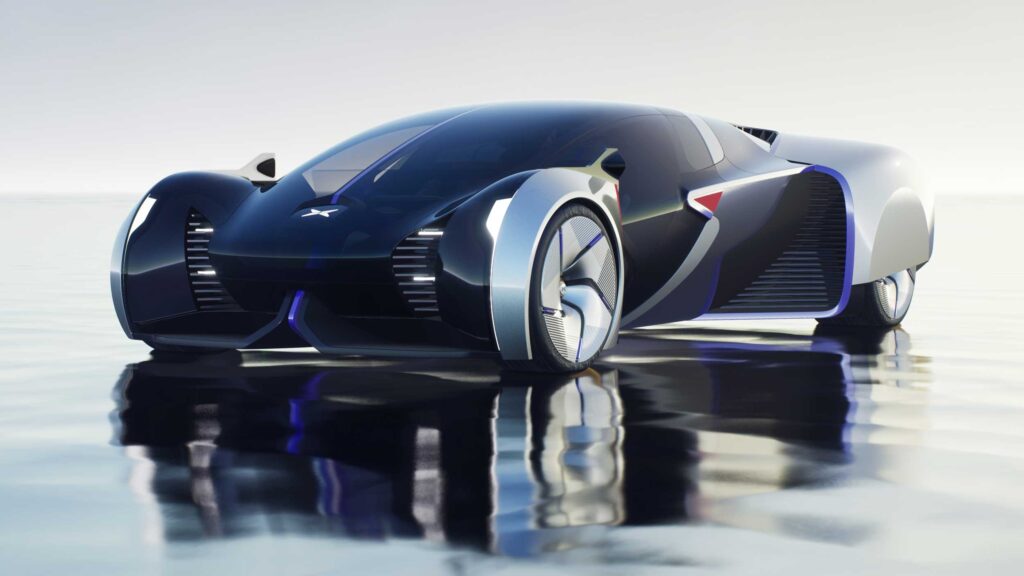
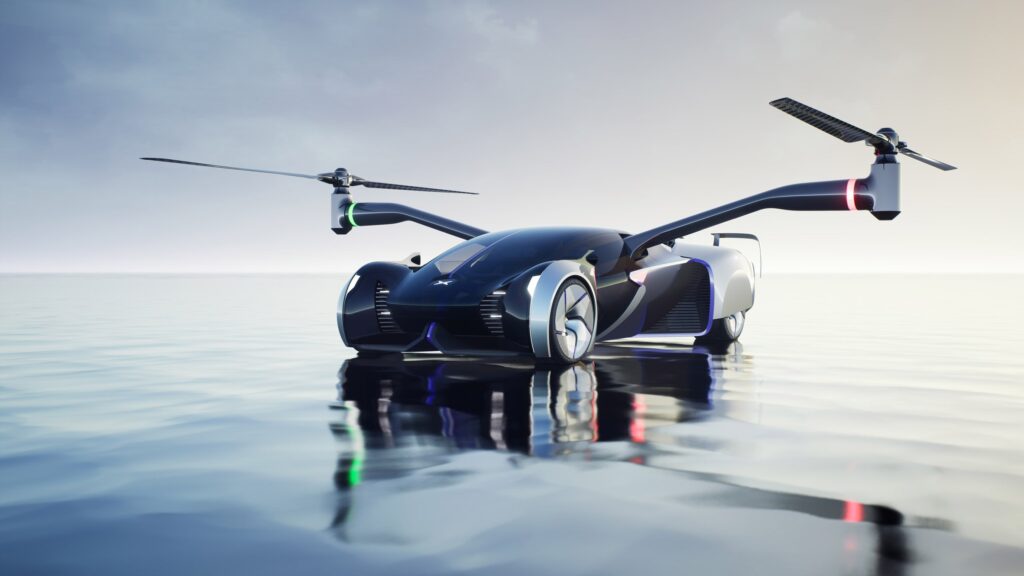
Unfortunately, flying cars represent the technological apotheosis of sprawl and an attempt to eradicate distance as a fact of life for elites who are wealthy enough to routinely let slip the bonds of gravity. Proponents offer a utopian vision of seamless convenience and efficiency that delivers broad-based societal benefits.
The inevitable reality is that flying cars will confer advantages on direct users while exacerbating the geographic isolation of elites—a spatial manifestation of deepening inequality that undermines the shared experiences that are necessary to sustain democracy.
Additionally, removing distance as a constraint in metropolitan development and land use will have profoundly negative consequences for the environment.
The desire for transportation-induced isolation is not new. In the 20th century, interstate highways served as the conduit for racial, ethnic, and income segregation.
- The combination of expanding automobile ownership and supportive infrastructure allowed developers to tap into vast stretches of land around center cities.
- By reducing the friction of distance, highways acted as a centrifugal force on cities, undermining through sprawl the racial integration that political movements and courts had sought to implement.
- Flying cars threaten to magnify the corrosive effects—both sociopolitical and environmental—of sprawl and segregation by eliminating distance altogether.
- For the wealthy, the magnetic attraction to flying cars derives from their ability to connect in a few minutes the walled garden of home to the rich cultural amenities and economic opportunities of metropolitan life.
- In short, the high-speed transportation service that flying cars provide will help elites achieve a dual demand for hyperseclusion and hyperaccess.
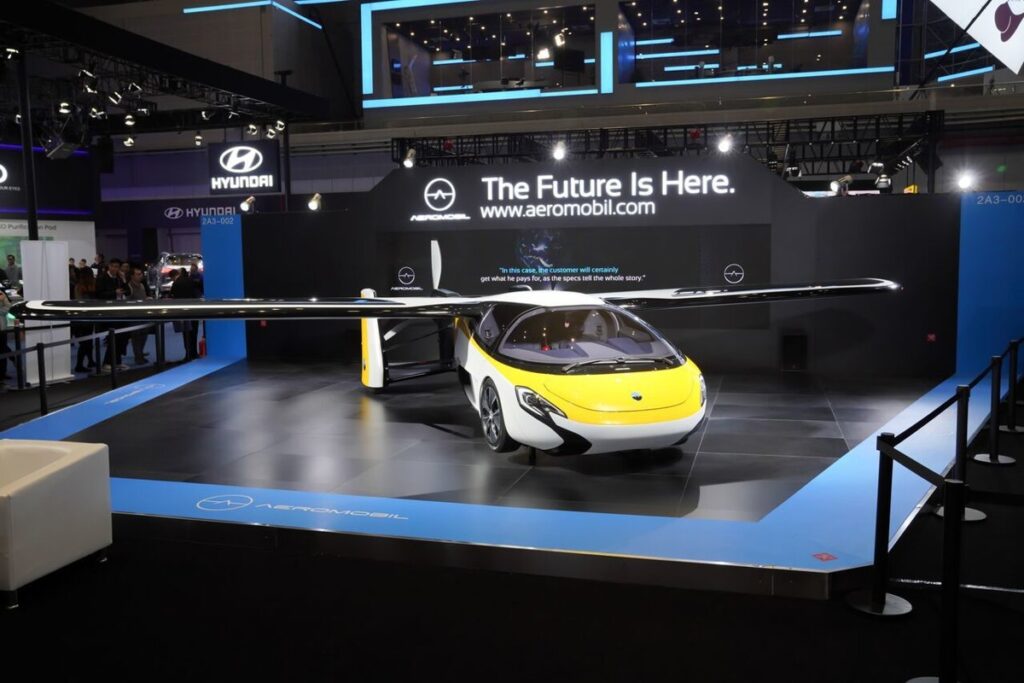
When discussing elites and flying cars, it may be tempting to think of the people who regularly land on Forbes’ billionaires list. However, the target demographic for short regional flights is actually highly paid professionals.
The commercial vision is to offer flights at a price point that generates regular demand.
To bring flight costs down, the annual production of flying cars needs to reach a level sufficient to trigger significant economies of scale.
The issue of scale is important.
If flying cars only provided the occasional trip to a few centimillionaires or billionaires, the effect on society would be negligible. The technology would be just another toy in the stable along with exotic cars and megayachts. Yet, if the technology becomes more ubiquitous, the effect will become substantially more threatening. Flying cars represent a political danger because they will allow wealthy elites to further opt out of common institutions and everyday experiences, deepening social segregation. The biggest societal challenges such as combating climate change or alleviating poverty can only be solved through persistent, collective action. Yet, it’s hard to fashion a broad-based political project if the most sophisticated and powerful actors live in a parallel society decoupled from the problems in need of solutions. Substantive democracy is a way of life, a mechanism to facilitate the give and take of ideas and reconcile divergent interests. This process relies on shared experiences, and it requires more than a narrow adherence to the procedural act of voting.
The technology also presents a significant environmental threat because it will unleash development of pristine lands heretofore unattractive because of the limitations of distance and travel time. These lands provide essential environmental services related to air and water quality as well as carbon sequestration. The fact that most flying cars will be battery-electric vehicles is irrelevant. Any direct emissions reductions from electric drivetrains will be offset by the indirect emissions that result from lower-density regional land use.Before flying cars can become a reality, technology entrepreneurs must convince elected officials and the public that their new invention will deliver substantial, broad-based benefits. In short, they will argue that the technology functions as a quasi-public good worthy of favorable regulatory treatment and robust infrastructure subsidies. Yet, there is little reason to believe that flying cars will accomplish anything more than extending the equivalent of on-demand helicopter travel to a wider circle of elites. For this reason, the development and implementation of flying cars should be an exclusively private endeavor. Furthermore, the negative political and environmental consequences of the technology may eventually require government to levy use taxes, zoning, and airspace restrictions to reduce demand.
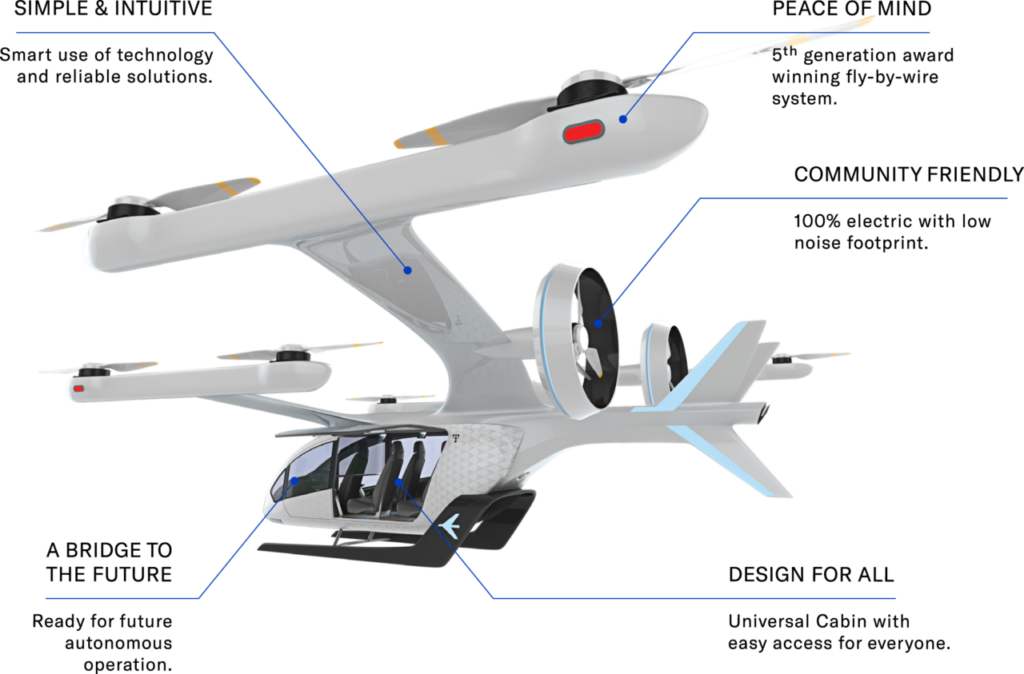
Flying car and VTOL technology
Mention flying cars to someone and they are likely to envision a real-life version of “The Jetsons.” The actual vehicles under development that carry the label of flying cars are typically a cross between a helicopter and a small airplane. Some look like a human-sized quadcopter drone while others look like a hypermodern Cessna with multiple propellers. The one characteristic that all of these prototypes share is the ability to carry out vertical takeoffs and landings (VTOL). Flying cars need to be able to take off and land without runways to operate in urban environments. Throughout this report, the terms flying cars and VTOLs will be used interchangeably.
The engineering challenges facing flying cars are manifold. The most daunting obstacle to deployment is the limitations of current lithium-ion batteries. Battery-electric VTOLs are preferable to traditional combustion engines because they are significantly quieter and release no emissions at the point of use. The importance of these two characteristics cannot be overstated since excessive emissions and noise would result in massive community opposition. The prospect of bringing airport-level noise to dozens or even hundreds of area rooftops would be enough to short-circuit VTOLs in the planning stage.
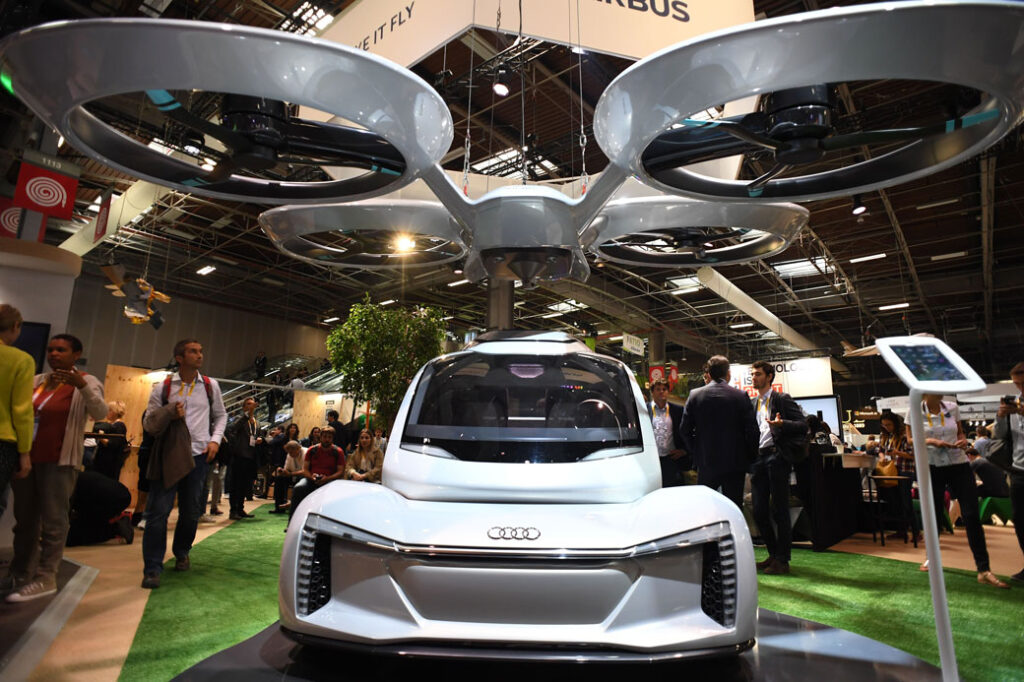
However, current battery technology is lacking in three important ways: First, batteries are too heavy and store too little energy, limiting the load and range of VTOLs; second, charging speeds are too slow, reducing total daily revenue service hours and, by extension, the profitability of each vehicle; and third, current batteries lose charge capacity quickly, shortening the period during which a battery pack is commercially viable for aviation use.
There is also the issue of vehicle design and certification. The flying car prototypes that are under development attempt to combine the best characteristics of airplanes and helicopters. The advantage of helicopters is that they allow for vertical takeoffs and landings. However, helicopter blades provide little lift, making the vehicles highly energy inefficient. By comparison, airplane wings provide substantial lift and energy efficiency during flight, but planes require runways.The resulting hybrid designs are completely novel and include both wings and multiple pivoting propellers.
The technology community’s goal of industry disruption by moving fast and breaking things may work well when developing smartphone applications, but it becomes deeply problematic when the product involves human flight. Under federal law, the Federal Aviation Administration (FAA) must certify new aircraft designs and avionics systems.The two recent fatal crashes of Boeing’s 737 Max aircraft demonstrate the tragic consequences of system failure and poor regulatory oversight. The 737 Max crashes are especially relevant to the development of flying cars because they involved the failure of automated flight control systems.
As a 2016 white paper by Uber states, “Over time it’s highly likely that VTOLs will become autonomous, though we expect that initial operations will require pilots.”
Finally, deployment of flying cars will require dramatic upgrades to air traffic control (ATC) systems and procedures. The existing ATC system was developed to handle commercial aviation traffic into and out of airports. At commercial airports, flights are scheduled and follow established air corridors. Even at modest scale, the presence of flying cars in urban airspace will present significant operational challenges and the potential for routing errors that lead to deadly collisions. Moreover, in addition to the potential of flying cars, urban airspace is going to experience a rapid influx of drone delivery vehicles. The FAA estimates that by 2021, there will be more than 420,000 small drones or unmanned aerial systems providing commercial services from package delivery to crop and bridge inspections, among many others.
The FAA anticipates that these systems will quickly become larger and no longer rely on a human operator with a visual line of sight. Safely accommodating flying cars and drones will require additional infrastructure, personnel, and the eventual automation of many ATC functions for low-altitude flight.
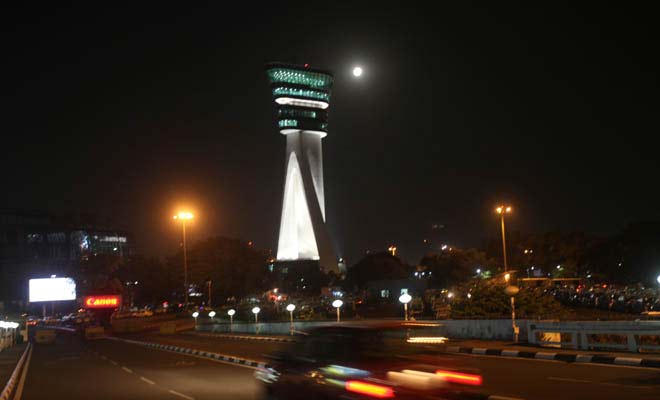
Taken together, these challenges make it difficult to predict when VTOLs will begin providing regular commercial service.
Yet, it is a certainty that these vehicles will arrive.
Issues of subsidies and congestion
To deploy flying cars in meaningful numbers, private industry will need substantial public support in the form of favorable regulations, expensive infrastructure improvements, and even operating subsidies. This support could include direct public provision of essential infrastructure facilities.
For instance, a state department of transportation may decide to build takeoff and landing pads, storage and maintenance yards, and charging sites in a bid to attract VTOL service providers. Governments frequently build new parking decks, industrial parks, and highway interchanges to serve particular businesses—to say nothing of offering generous tax credits and abatements.
Public subsidies could also flow to VTOL operators indirectly. For example, general aviation aircraft—both corporate jets and personal aircraft—cover only a fraction of the ATC costs they impose on the national airspace system through fuel taxes paid into the Airport and Airway Trust Fund.11 In effect, large commercial carriers and passengers subsidize general aviation with the taxes and fees they pay to fly.
Both drone and flying car operators could similarly benefit if the cost of ATC modernization and operation is covered by federal appropriations and taxes paid by commercial air carriers and passengers.Proponents will argue that flying cars will deliver broad public benefits, including reduced roadway congestion and the option value of having access to an additional transportation mode, even if most people never use it or use it infrequently.
Unfortunately for VTOL boosters, there is no reason to believe flying cars will improve terrestrial mobility. The benefits of flying cars will overwhelmingly accrue to the fortunate few who are able to afford the service as well as the web of private industries that build, operate, and maintain the vehicles and related systems.
Reason to believe flying cars will improve terrestrial mobility.
The reason is that flying cars will be small, carrying only two or three passengers per flight. Additionally, VTOLs will require a significant amount of airspace to operate safety. Standing on the ground and looking up provides a misleading sense that the sky has a nearly unlimited capacity to accommodate flying cars. In reality, airspace becomes congested much more quickly than a roadway. A car traveling on an arterial roadway needs modest spacing from other vehicles to ensure safe operations.
- For instance, the stopping sight distance for a vehicle traveling at 15 miles per hour is 80 feet.
- At 45 miles per hour, the distance jumps to 360 feet.
- Depending on altitude, speed, and aircraft systems, the FAA requires commercial airplanes traveling in the same direction to maintain 30 to 50 nautical miles of lateral (i.e., side-by-side) and longitudinal (i.e., following distance) separation.
- Uber’s white paper envisions vehicles with a cruising speed of 150 to 200 miles per hour.
- A flying car traveling at a speed of more than 150 miles per hour—without the benefit of antilock brakes and subject to the unpredictable forces of air currents—will need extensive vertical, lateral, and longitudinal clearances to operate safely.
An additional capacity constraint is that both VTOLs and drones may have to operate within a relatively narrow low-altitude band. Currently, NASA and the FAA are working on different technological approaches for handling autonomous drone traffic below 400 feet.
These efforts include “airspace design, corridors, dynamic geofencing, severe weather and wind avoidance, congestion management, terrain avoidance, route planning and re-routing, separation management, sequencing and spacing, and contingency management.”
Many of these same challenges apply to VTOLs as well.
While the FAA has not made final decisions about airspace design, it is likely that flying cars would operate above the 400-foot drone threshold but below the airspace set aside for traditional commercial aircraft. Finally, commercial service airports would need to maintain their extensive airspace exclusion zones. In metropolitan regions with multiple airports, known as metroplexes, these exclusion zones would meaningfully restrict service operating areas for flying cars, just as they do for drones today.Because VTOLs are an emerging technology and the FAA has not finalized its ATC procedures, there is no standard methodology for calculating the theoretical carrying capacity of regional airspace for short-hop flights. Yet, small vehicle size, spacing requirements, and limited operational airspace make it clear that flying cars will not provide the carrying capacity of either highways or public transportation.
To put the issue in context, each lane of an access-controlled highway can carry a maximum of approximately 2,200 cars per hour.
According to the 2017 National Household Travel Survey, the average light-duty vehicle occupancy rate is 1.7 people. Thus, on average, each limited-access highway lane can carry 3,740 people per hour during the morning and evening peak travel periods.
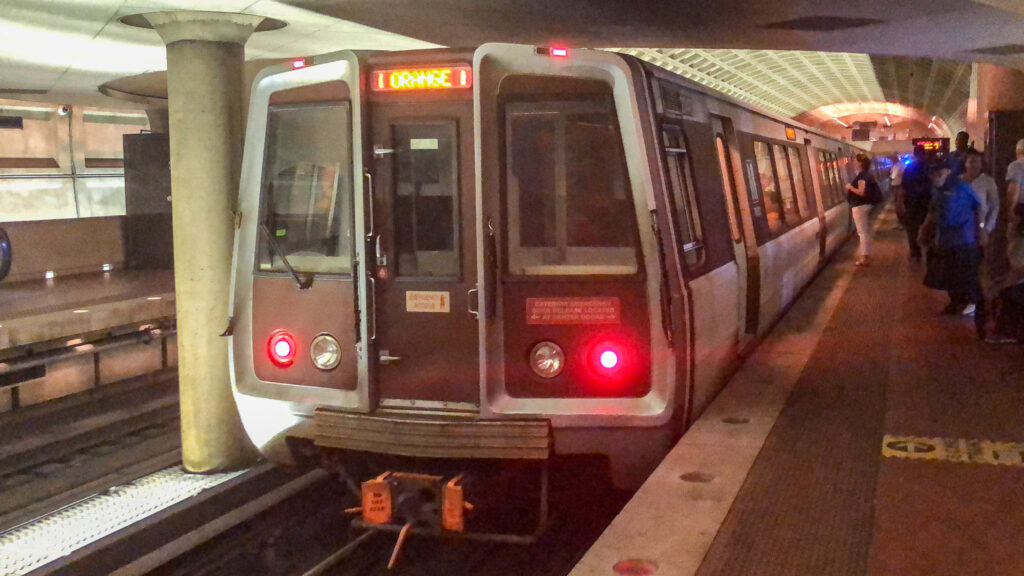
Transit rail projects can carry even more. For instance, the Metrorail Orange Line in Washington, D.C., which has one track in each direction, carries more than 15,400 people per hour during peak periods.
According to Uber, “Based on prior helicopter noise sensitivity … the greatest probability of meeting the severe community noise limitations exists with smaller VTOL aircraft that are carrying fewer passengers.”
The company goes on to state, “Because of all these factors, the payload capacity that likely best serves urban air-taxi flights would be a 2 to 4 passenger-size aircraft (including the pilot, if there is one).”
Given these limitations, it is likely VTOLs will carry at most three passengers per flight. How many VTOLs would it take to achieve the carrying capacity of one highway lane? Assuming every flight carried three passengers, the answer is 1,246 flying cars in the air at the same time. However, this estimate is low because VTOLs will make many flights without any passengers—an activity known in the industry as deadheading. A flying car that transports someone from an outlying area into the central business district during the morning peak period may have to deadhead back out to an exurban location for the next paying customer. Research on taxi and ride-hailing companies such as Uber and Lyft suggest that deadheading accounts for approximately 40 percent of all vehicle miles traveled. While ride-hailing and short-hop flights are not perfect correlates, VTOLs will need to fly empty on a regular basis. This means that achieving the capacity of one highway lane could require more than 2,000 VTOLs in operation at the same time. To put this number into perspective, it’s more than the total number of commercial carrier takeoffs and landings at Los Angeles International Airport every day.It’s hard to imagine even a large metropolitan area accommodating this level of air traffic demand, let alone what would be necessary to equal the capacity of a high-quality transit line.Even if flying cars could eventually provide service equivalent to a lane of traffic, it would have no measurable impact on terrestrial mobility. Putting aside the issue of induced demand, adding a single lane of traffic to a bottleneck does not improve regional mobility. This is especially true when considering that VTOLs will offer service over a radius of 60 or 70 miles from the city center. Spreading out any potential capacity gains over a commute shed of that magnitude will result in no measurable effect. For this reason, any claims by VTOL proponents that their product will deliver benefits for drivers or transit riders on the ground are wishful thinking. Flying cars will only benefit the wealthy few who can afford to use them.
Techno sprawl and sustainability
The brave new world of flying cars will be electric. To many people, battery-electric vehicles represent the pinnacle of sustainability. This view focuses on the first order benefit of eliminating tailpipe emissions. While incredibly important, focusing exclusively on vehicle emissions misses the deeply unsustainable second-order effects that VTOLs will have on land use.
History demonstrates that the introduction of affordable transportation technologies and supportive infrastructure fuels outward expansion. For instance, the modern era of highway construction began when Congress passed the Federal Aid Highway Act of 1956.
The resulting highway system not only provided for efficient travel between urban areas but also facilitated an explosion of low-density suburban development.The enormity of the population shift becomes apparent by looking at metropolitan area population density before and after the introduction of interstate highways.In 1950, metropolitan regions had an average of a little more than 400 people per square mile. By 2000, when the interstate construction era had ended, the density of metropolitan regions had fallen by a quarter to a little more than 300 people per square mile. The change was even more dramatic in center cities. According to U.S. Census Bureau data, the population density within center cities fell from 7,517 people per square mile in 1950 to 2,716 people per square mile in 2000.This profound change in settlement patterns has important implications for ecological sustainability. Distance is an emissions multiplier for two reasons. First, low-density development often makes walking impractical and the provision of transit service difficult or cost prohibitive. The lack of options creates auto dependence while lower density means longer vehicle trips. Data from the U.S. Department of Transportation (USDOT) shows that suburban area residents have daily vehicle miles of travel that are approximately 50 percent higher than residents in center cities.
Innovation and the terms of debate
Technological innovation is often treated as synonymous with societal progress. Starting from this perspective biases the public debate about the proper role of government policy and funding.
A better and more nuanced starting position would be to treat technology as neither inherently beneficial or harmful but rather a neutral element that takes on significance based on its use.
Tail note
As flying cars move from the realm of idle fantasy to emerging reality, the public policy debate should put aside simplistic techno-utopian pronouncements and focus on the most likely impacts on society and the environment.
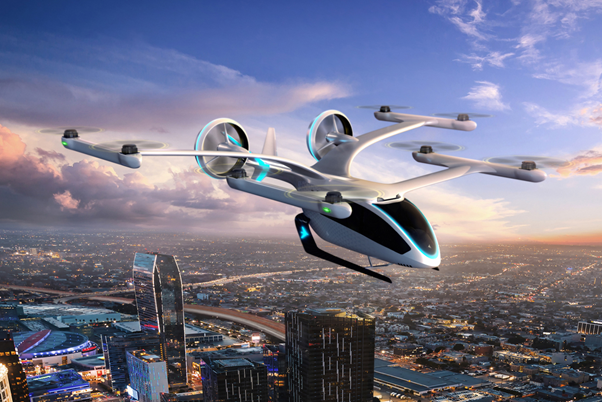
The history of transportation innovation indicates that flying cars will likely accelerate low-density development patterns and reinforce the isolation of elites to the detriment of the shared life necessary to sustain a healthy democratic society.
Flying car development, deployment, and operations should remain a purely private undertaking.
Instead of subsidizing the hypermobility preferences of elites, grant funds should support transportation projects that deliver meaningful benefits to the greatest number of people, principally by expanding the geographic reach, frequency, and quality of public transportation.
Stay Tuned and Updated with us. Have a blessed day!
